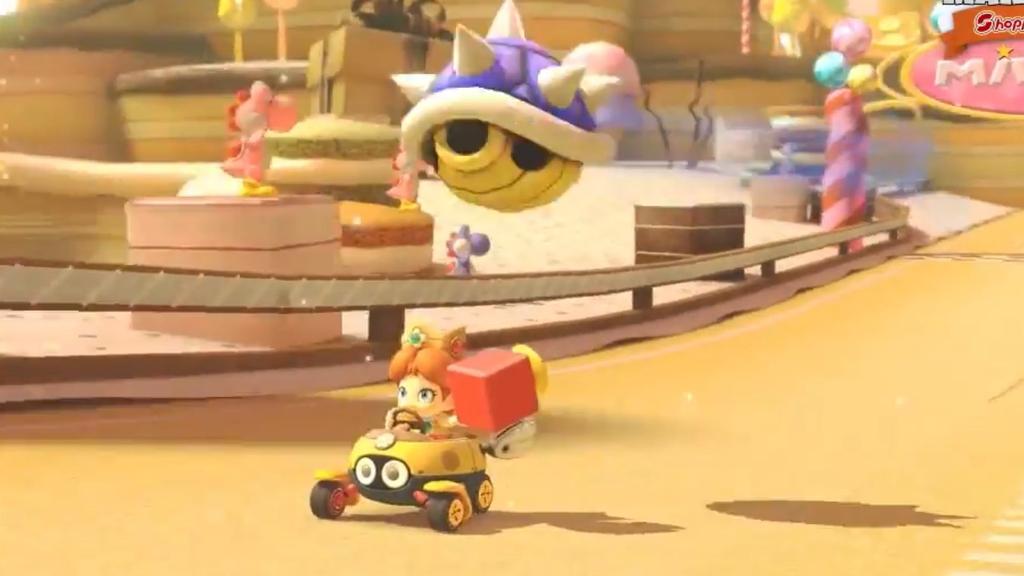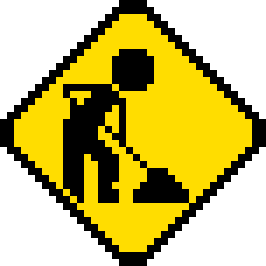I play Switch games with my family a lot these days. Which means playing multiplayer with players of drastically different skill levels. I've been paying Mario Kart for
...wait, when did the first Mario Kart come out? 1992?
...I've been playing Mario Kart for 29 years ??? Really??? Oh shit I'm old
anyway I've been playing Mario Kart for 29 years and I'm now playing it with my daughter (hooray!) who is still learning what all the buttons do.
And I'm impressed by all the little things that the game designers did to support players of different skill levels to race together and all have a good time.
The most famous bit of game design is of course the notorious "blue shell", which by punishing the player in first place, tends to make races closer. But the blue shell is not actually that good of an example, as it mostly benefits the player in second. A better example is how the player in last place gets a lot of super items like Bullet Bills but the player in first gets like banana peels and single coins.

Mario Kart 8 has per-player settings -- one for auto-accelerate setting (you go forward without holding the gas pedal) and another that puts invisible walls around the track so you never fall off. Both of these settings default to true, so new players benefit from them, while if you're good enough not to need 'em you're good enough to figure out how to turn 'em off.
This means my kid never falls off the track, but I do. Plus she's getting way better items. This lets us both have a good time while she learns to race better.
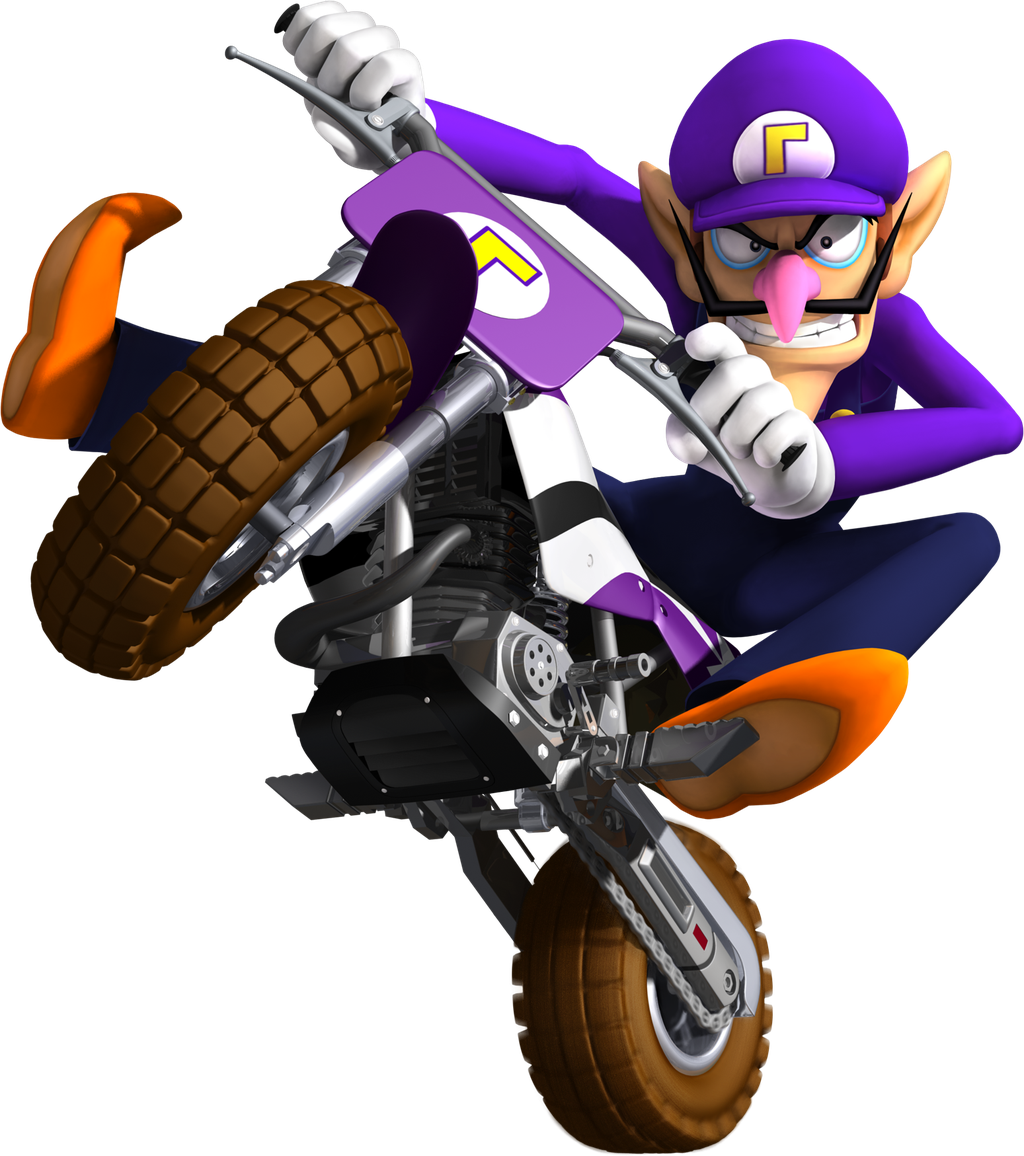
(She mains Waluigi, by the way. I can't believe she picked Waluigi of all people, but she did. She does a very good "Nyeh heh heh heh!" whenver she shells somebody, too.)
(My favorite is Rosalina/comet bike/metal wheels, but that's kind of too good so i further handicap myself by picking random character/cart combos that I don't know how to drive well)
Nintendo clearly thinks about this a lot: how do you design a game to be fun for the widest possible audience when that includes both xxxHARDCORE GAMERZxxx and also total newbs? It's a very hard question, but Nintendo is very good at it. They do it so smoothly that it's easy to overlook the cleverness of the game design behind it.
Asymmetrical Co-Op
Mario Odyssey has a 2-player co-op mode where the second player is Cappy the Magic Hat, and can fly around and do stuff independent from Mario. Cappy is good to give to the less-experience player because Cappy can't die. Sort of like letting a second player be Tails in Sonic 2.
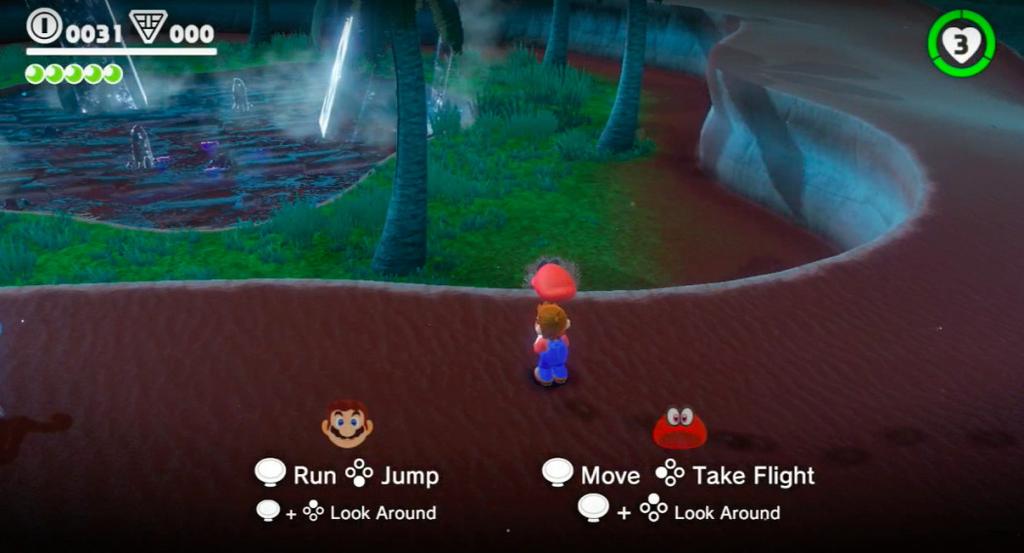
(Cappy also doesn't have to worry about camera controls or jumping)
But unlike Tails, Cappy is a necessary part of the game. Most levels need Mario and Cappy to work together to solve problems. The designers had to somehow make everything work in 1-player mode where Mario just throws Cappy as well as in 2-player mode where the Mario player has to request the Cappy player to do things. The most impressive part is that they pulled this off so well that you barely even notice it; both modes are excellent and switching is seamless.
Luigi's Mansion 3 does basically the same thing, but the second player can control Gooigi, who is a clone of Luigi made out of green goo.
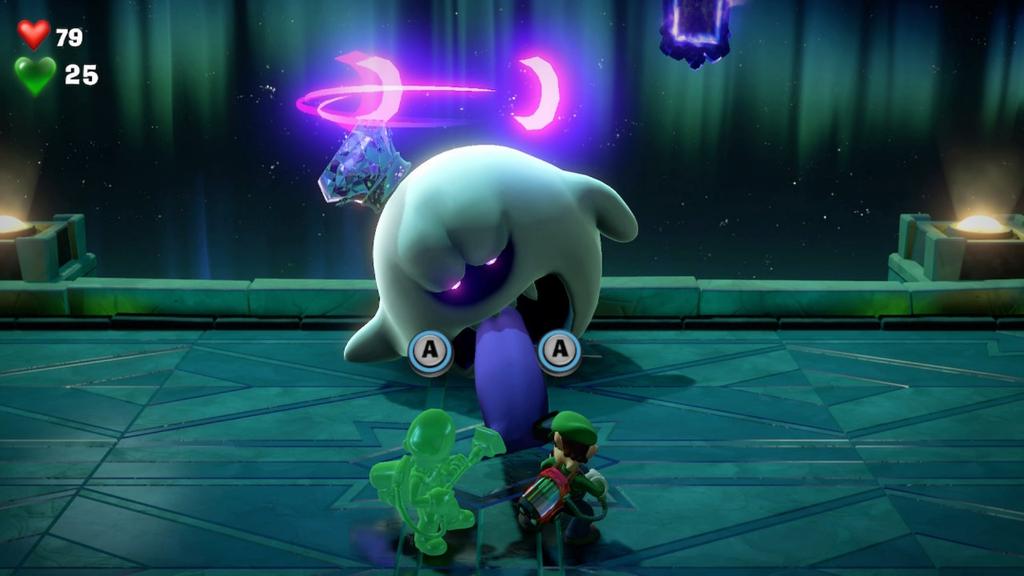
(i just know this is somebody's fetish)
if Gooigi gets splatted he can just re-form.
Playing as Luigi while my kid plays as Gooigi is a lot of fun. We have to constantly communicate and work together to solve puzzles, but she's not punished for screwing up. It's a great learning experience.
Bowser's Fury lets a second player control Bowser Junior in the flying clown-car. So this asymmetrical co-op idea seems to be here to stay.
Choose your own difficulty
Mario 3-D World (the one with the 4-player co-op and the cat suits) has this feature where if you die 5 times in a level, this power-up appears:
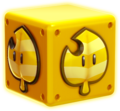
it's a leaf that makes you fly and be invincible, basically making the level super easy. In our house we call it the "Pity Leaf" because I'm always yelling at the game: "I don't want your pity leaf!!!!"
But that's the great thing, I can decide whether to take it or not. Do I want to move on to the next level now or do I want to keep dying until I beat this one without help? And if we're playing multi-player, some players can choose the Pity Leaf while others reject it.
I'm glad we're getting over the idea that games must punish the player for failure. Games are voluntary activities, after all. They shouldn't force you to keep doing something that's not fun.
Optional Post-Game Challenges
This isn't a multiplayer thing but it is closely related to "choose your own difficulty".
The earliest game I can think of to use this technique is Final Fantasy V, where the main story and final boss are not too challenging -- it's a JRPG, they want most players to be able to beat it and see the ending -- but there are also insanely hard optional bosses (Omega and Shinryu) for players who want an extra challenge. Most subsequent Final Fantasies implemented some variant of this.

Nintendo in the last few years has taken this design principle to the limit. Mario Odyssey is majority "optional post-game" content. You can finish the main story, beat Bowser, and see the ending with only 124 moons. That's less than a quarter of the over 800 unique moons in the game. There are whole kingdoms - Mushroom Kingdom, Dark Side of the Moon, and Darker Side of the Moon - that you can't even access until after beating Bowser, plus when you beat him new challenges get added to every kingdom you already beat. The bonus kingdoms also include some insanely hard levels, requiring pixel-perfect jumping and split-second timing, and more-difficult re-fights of all the bosses, if that's the kind of thing you want.
It's good that the "main story ending" isn't gated behind the most hardcore platforming challenges, because most players should be able to get the story ending but only a few are going to want to be completionist or achieve the total mastery needed to beat the hardest levels.
Mario 3D world does this too, with multiple post-victory worlds of optional super-hard levels. And Breath of the Wild... that's an article for another time, though.
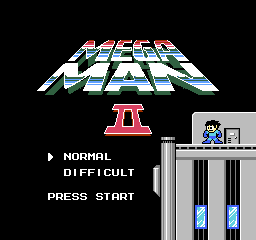
Games in the old days often had a difficulty select on the title screen. But it was asking you to make that choice when you had the least possible information about what it meant. It was kind of like when you go to a new restaurant and they ask you "how spicy?" and you're like "I have no idea how your spicyness baseline is calibrated relative to other restaurants"
So I really like the design trend of being able to pick my own difficulty while playing, by choosing which optional challenges I'm interested in. Am I doing a completionist run or just hitting the highlights? How many times do I want to beat my head against this wall before moving on? Maybe I like the harder platforming levels but not the boss re-fights, or vice versa?
